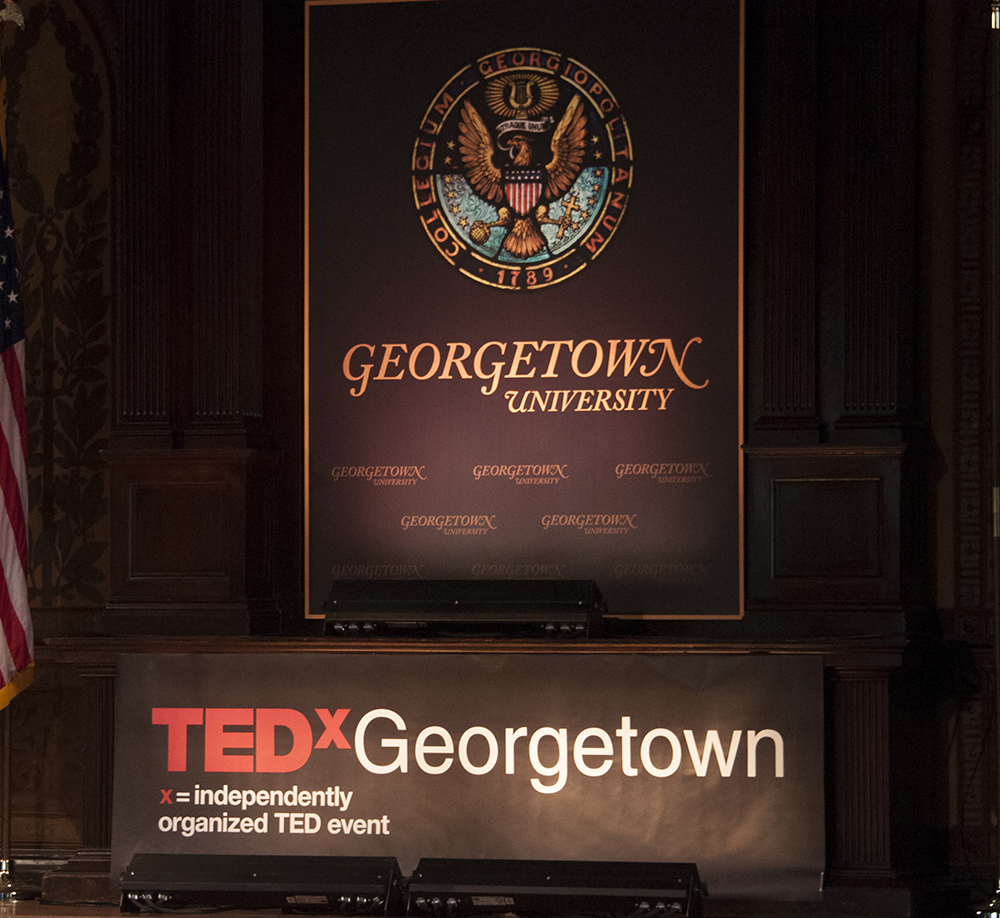I firmly believe that everyone should have the opportunity to further their education, whether in the form of a two or four-year university, another type of school or even through simply reading materials of interest. College access is often discussed in very broad terms, tugging the issue in too many directions at once, which keeps the conversation from going anywhere significant. Having the financial resources — or lack thereof — to fund college is a huge component of the conversation.
Family income and relative wealth are two important socioeconomic factors that often present significant barriers to attaining a college education. I have always identified as a middle-class American, although the onset of the Great Recession made me question what exactly “middle-class” actually means. The disparities grew, and we have essentially lost middle-class status in all but ideological affiliation.
There is much to experience during the college-admission process, especially if no other family member has gone through it. The costs do not simply consist of tuition, room and board. They seem insignificant until they are finally aggregated: college visits, application fees, required testing and fees to send in financial-aid information — the list continues to grow.
The immediate costs during the application process add up quickly — and often to huge sums. Surely, many of these costs can be offset with waivers and reductions. However, a family’s income could disqualify them from these benefits, even if they still have need for them. And, of course, the irony behind having to pay to send financial-aid information requires no explanation.
Additionally, if prospective college students are unable to visit campuses, they may not end up in the environment to which they are best-suited, which often severely affects the probability of a timely graduation. This all combines with other factors that already put financially unstable students at a higher risk of dropping out of college, such as the lack of a support system and not having the same resource-heavy secondary education as many of their peers.
Next comes the problem of finding a means of paying for the skyrocketing prices of tuition. There are many ways of subsidizing the cost of college: financial aid, government and private loans and grants, Federal Work Study and, of course, paying out-of-pocket. Different combinations help the majority of students pay for their college education. However, even with aid, families and individuals often have a difficult time paying their net contribution.
There are also miscellaneous costs associated with living at college. It is next to impossible to not incur expenses as a college student, from acquiring day-to-day necessities to exploring the town you now live in with close friends. Students often need to work nearly full-time hours, on top of their classes and other extracurricular commitments, in order to sustain themselves and pay off tuition.
There is no single, simple solution to financing a higher education. In last month’s State of the Union, President Obama spoke of introducing tuition-free community college for students who can maintain a certain GPA requirement. He also proposed extending a tuition tax credit to part-time students (which would significantly help those who, as mentioned earlier, must work in order to support themselves), exempting Pell Grants from taxation and consolidating existing education tax breaks into a single, permanent program called the American Opportunity Tax Credit. Also, many schools are now implementing support systems like our very own Georgetown Scholarship Program, which just turned 10-years-old in November 2014 and is a pioneer in the creation of such practices.
Tithi Patel is a freshman in the School of Foreign Service. Under the Veil appears every other Sunday on thehoya.com.















Katie • Feb 5, 2015 at 12:59 pm
Awesome article Ms. Patel! Thought provoking
Joy Farrington • Feb 5, 2015 at 12:57 pm
Amen!